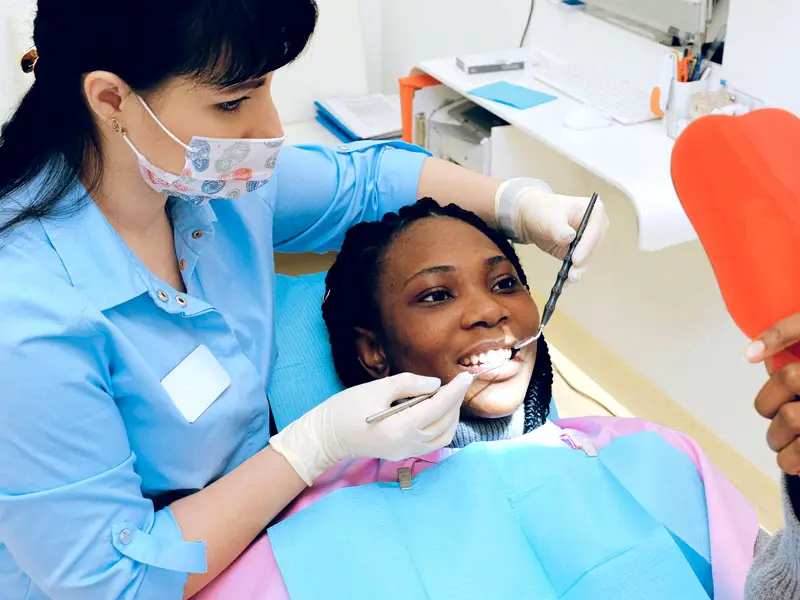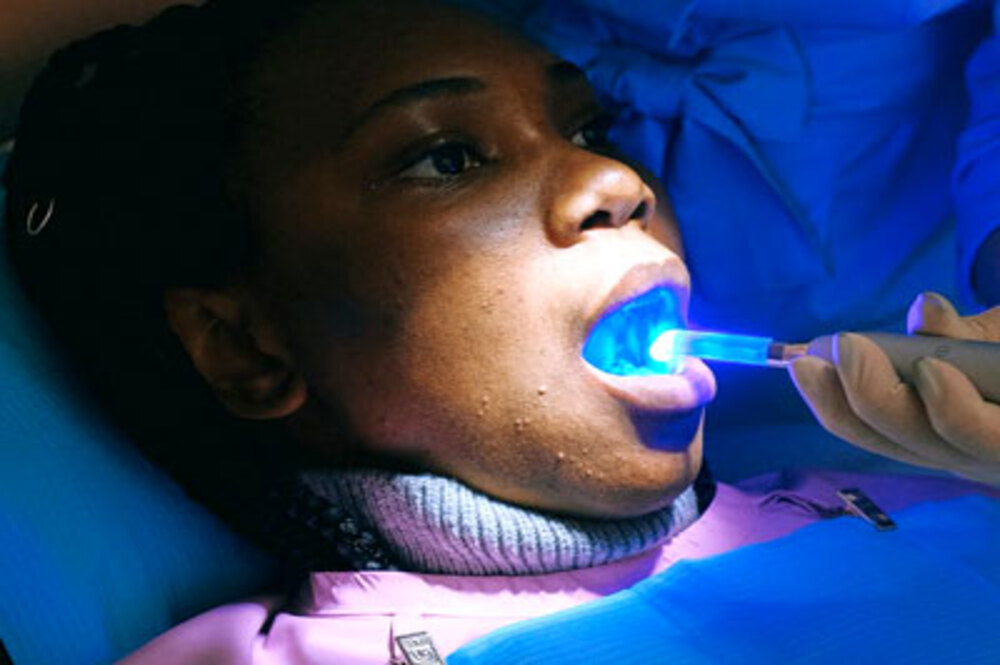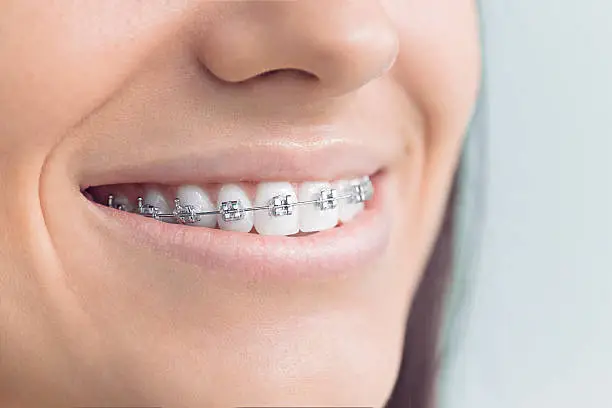Human dentition consists of 32 teeth. anterior ( front teeth ) and posterior ( molars and premolars).
There are 6 anterior teeth and 10 posterior teeth including 4 premolars and 6 molars in each upper and lower jaw.
The third molars or what we often call wisdom molars are the last molars to erupt in the mouth.
Third molars usually erupt in the mouth from the age of 25 years onwards.
Let us see in detail about the third molar.
There are four third molars erupt in the mouth. Two each in the maxillary ( upper arch ) & mandibular ( lower arch ). They are the last teeth to erupt. Third molars erupt in the most posterior region of the jaw.
Eruption of the third molar is dependent on many factors like
1) space available for tooth
2) anatomical structures in the region
3) angulation for the eruption
1) space available for eruption
As third molars erupt late, and in the most posterior regions, many times, there is very little space available for eruption.
Particularly in the mandibular third molar region, the anterior border of the ramus starts immediately from the buccal side of the second molar.
In such cases, there is hardly any space left for the third molar to erupt and it remains impacted into the bone.
This impacted tooth may never erupt in the mouth.
If it tries to erupt, it exerts a lot of pressure on surrounding structures, like the second molar, mandible, muscles of mastication.
Let’s see symptoms when the third molar erupts:-
If there is no or very little space available for the third molar, it has to overcome all obstacles to erupt in the mouth.
A) sudden spontaneous pain in the lower jaw.
The patient complains of sudden spontaneous pain associated with the lower jaw.
The pain usually radiates from the lateral part of the head, involves the lower jaw of the respective side, to molars and anterior teeth on the same side.
Sometimes the pain radiates to the neck. This tremendous pain affects the overall health of the patient. This Pain usually starts at night when lying down.
B) Unable to open mouth / trismus :-
As pain progresses, swelling appears in that region. And it propagates to the extraoral region.
This swelling inhibits the patient from opening the mouth completely. And it hurts a lot if try to open your mouth.
C) difficulty in swallowing:-
The swelling associated with the third molar involves the inner part of the mouth and soft palate.
This may cause difficulty in swallowing and unable to eat anything.
Pain may radiate to the throat.
D) cheek bite:-
buccally placed maxillary third molars often causing cheek bites, oral mucosa gets lacerated and leads to ulcerations. This frequent ulceration is not good as continued trauma to soft tissue may turn soft tissue into cancerous tissue.
E) food lodgement and decay to the third and second molar.
Sometimes, the third molar partially erupts and in mesiodistal inclination, food gets stuck in between the second molar and the third molar. And decay starts involving both teeth simultaneously.
If the third molar is not removed, the second molar also gets decayed, and then it requires root canal treatment. So because of the inclined third molar, the unnecessary second molar has to suffer.
Mostly, third molars are very approximate mandibular canal that carries mandibular nerves and vessels. Any damage to these nerves and blood vessels leads to complications like numbness to lips and cheeks. This paresthesia ( numbness ) is either permanent or temporary but it definitely affects its function.
The dentist suggests the patient take a full mouth x-ray ( OPG ) to check the angulation and approximate of the third molar to surrounding anatomical structures.
For details about OPG please check the blog about different digital x-rays.
All these symptoms appear frequently. And if third molars are not removed, they affect well being of the patient.
Frequently Asked Questions (FAQs)
1. What is a wisdom tooth?
A wisdom tooth is the last molar that erupts between 18–25 years of age. It’s located at the very back of your mouth.
2. Why do wisdom teeth get impacted?
They get impacted when there isn’t enough space to erupt properly. This causes them to push against nearby teeth.
3. What happens if I ignore an impacted wisdom tooth?
Ignoring it can lead to pain, swelling, and infections. It may also damage the nearby second molar.
4. Can an impacted wisdom tooth cause headaches?
Yes, pressure from an impacted tooth can radiate pain to the jaw and head. This often causes discomfort and headaches.
5. What are the common symptoms of an impacted tooth?
Pain, swelling, and difficulty in opening the mouth are common signs. Food lodgement near the tooth is also frequent.
6. Can a wisdom tooth decay my second molar?
Yes, food can get trapped between both teeth causing decay. This often results in cavities or gum infection.
7. How do dentists detect an impacted tooth?
Dentists use an OPG X-ray to check the tooth’s position. It shows how close the tooth is to nerves and bone.
8. Is wisdom tooth removal painful?
No, it’s done under local anesthesia ensuring a pain-free experience. Mild soreness may occur for a short time afterward.
9. Can wisdom teeth affect facial nerves?
Yes, if very close to nerves, they can cause temporary numbness. This usually resolves as healing progresses.
10. When should I visit a dentist for a wisdom tooth?
Visit when you experience pain, swelling, or difficulty chewing. Early treatment prevents complications and infections.
Address: Ground Floor, block 4, Sarvadarshan Housing Society Opposite. Saraswat Bank, Nal Stop, Karve Road, Kothrud, Pune, Maharashtra 411004
Contact Us: +91 7264008000
+91 9021681032
Find our clinic: Get Direction




